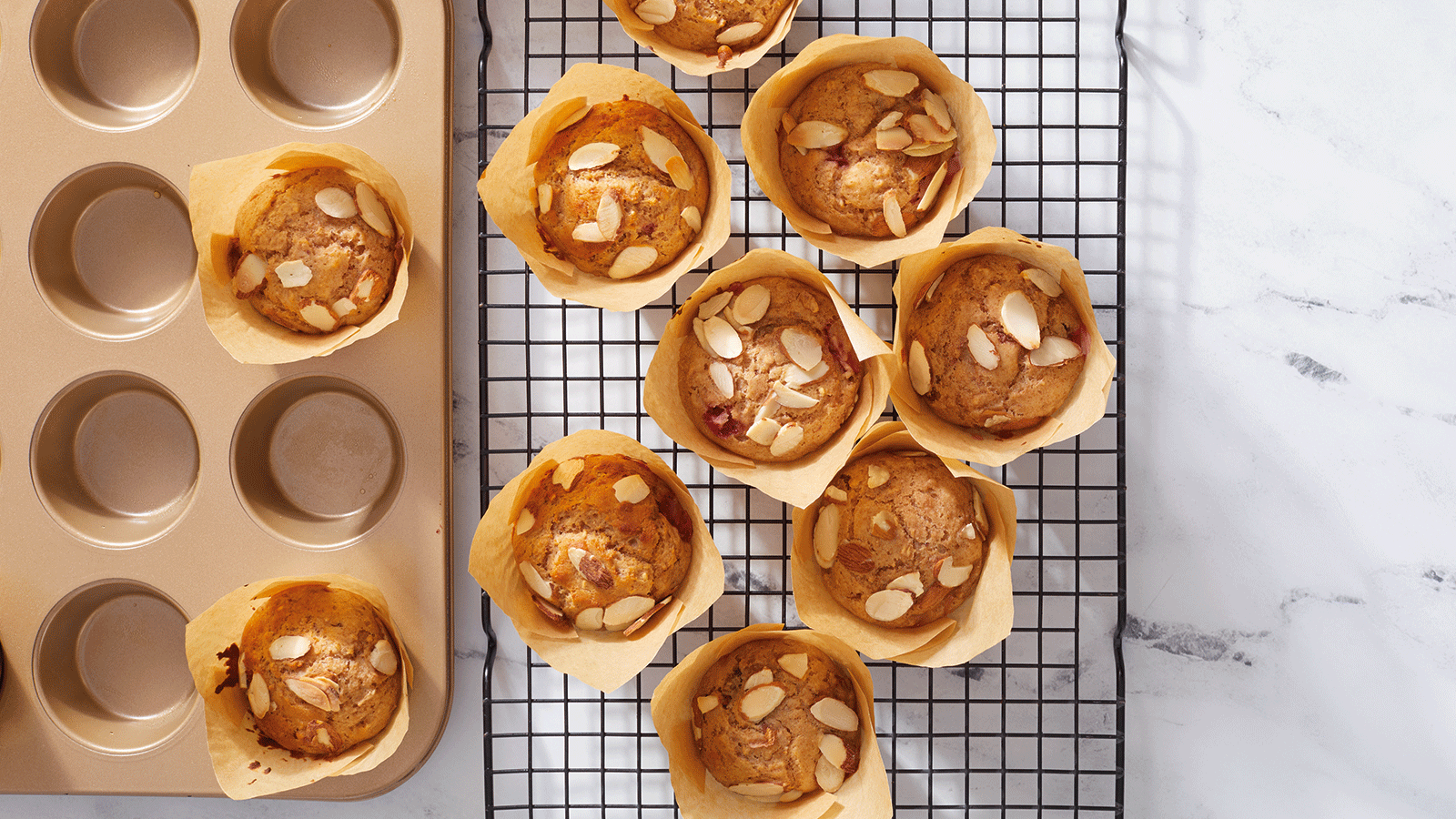The truth about sugar and diabetes


Ask any dietitian and they’ll tell you: Sugar is a complicated topic. Add diabetes in there and it’s all too easy to get mixed signals about sugars. You likely know that managing blood sugar is at the root of diabetes and that eating too many carbohydrates—including sugar—can elevate your blood sugar. But sugar in and of itself isn’t the source of the condition. Deleting it entirely from your diet isn’t a fix.
“You can absolutely safely eat sugar if you have diabetes,” says Angela Goscilo, M.S., RDN. “You don’t have to completely abandon your favourite foods. That’s where WeightWatchers® can help since the weight loss program is designed to guide you and help you make decisions while living with diabetes.” Just keep these four things in mind:
1. Minimise added sugars
The World Health Organization (WHO) recommends less than 10% of your daily calories (kilojoules) should come from added sugar, a.k.a. sugars that aren’t naturally found in food but are instead added during processing.
Added sugar is sneaky, showing up where you don’t always expect it. While added sugars are found in obvious places, like sugary drinks, baked goods, and desserts, they also lurk in condiments like tomato and barbecue sauce, jarred pasta sauce, flavoured yoghurts, and most breakfast cereals, notes Weisenberger.
Why is there such a focus on reducing added sugar intake? It helps to look at the way your body metabolises sugar. “Sugar is a type of carbohydrate, and just like other carbs, consuming sugar raises your blood sugar,” says Jill Weisenberger, M.S., RDN, a registered dietitian and certified diabetes care and education specialist.
Diabetes Australia recommends other forms of carbs, such as low GI wholegrains, beans, lentils, and vegetables, that contain fibre, be eaten which helps the food get digested more slowly and blunts your blood sugar response.
Sugar on its own, on the other hand, has no fibre, so it spikes blood sugar more quickly. That rise in blood sugar triggers your pancreas to release insulin, a hormone that “pushes” blood sugar into cells where your body can use it for energy. But if you have prediabetes or type 2 diabetes, your insulin isn’t working efficiently, so the sugar stays in your blood.
“The amount your blood sugar goes up depends on how much sugar you eat,” says Weisenberger. If you have a little sugar (a couple of M&Ms), your blood sugar will go up a small amount. If it’s a lot of sugar (a can of soft drink), your blood sugar can easily rise a lot.
While research is still ongoing about consuming zero-calorie sugar substitutes (like Splenda or Stevia), Diabetes Australia does recommend using them in moderation to replace traditional sugar. “You can lean on sugar substitutes and swap them in based on your taste preference, like in your morning coffee or when baking” says Weisenberg. “But keep in mind that if you’re using them in cakes or biscuits, those foods will still have calories.”
2. Prioritise whole foods
Another way to minimise the impact of sugar on your blood sugar is to lean on naturally occurring sugar. Unlike added sugar, naturally occurring sugar is found in whole foods like fruit and dairy.
These foods are packaged with other nutrients that are important for your health, such as fibre, calcium, and vitamin C. In addition, the fibre in fruit or the healthy fat and protein in yoghurt, for example, can slow the absorption of sugar into the bloodstream, for a more even blood glucose response, notes Goscillo.
Also, just because a sweetener is natural—like honey and maple syrup—doesn’t mean it’s naturally occurring. When mixed into anything—oats, biscuits, tea—those guys count just as much toward your total added sugar intake as caster sugar.
3. Check the Points
An easy way to stay in line with the recommendations—and most importantly, what is right for your body—is to lean on the WeightWatchers diabetes program, advises Goscilo. “The Points system will nudge you toward choosing carbohydrate foods that are lower in added sugar and higher in fibre, which can have a steadier impact on blood sugar,” she says.
4. Get creative
Just having an awareness of where—and which kind of—sugar is in your diet goes a long way toward making choices that are better for your blood sugar and better for your overall health. And luckily the Points system makes it easy by giving foods higher in added sugar a higher Points value. Looking for more ways to curb added sugar? Consider the below:
- Go DIY: Whipping up your own salad dressing—with extra-virgin olive oil, vinegar, Dijon mustard, and salt and pepper, is easy, quick, and contains no added sugar (the same can’t be said for many bottled dressings).
- Ditch the sauce: Instead of using bottled barbecue sauce on your chicken or ribs, switch to a dry spice rub that contains no sugar.
- Skip the sweet drinks: Sipping on water or naturally flavoured sugar-free sparkling water instead of sugary soft drinks and sweetened teas can have a big impact. Consider adding lemon, orange or strawberry pieces to your water bottle to add some subtle fruity flavours.
- Eat your favourite foods, just less of them: Vowing to never eat a biscuit again is a surefire way to obsess over them. Instead, have one biscuit after lunch instead of three.
- Cut back gradually: If you typically add two teaspoons of sugar in your coffee in the morning, cut back to one teaspoon for a few weeks, then half a teaspoon, says Weisenberger.
- Compare brands: Looking for a good breakfast cereal? Scan the barcode of a few brands using the app and buy the option that’s lower in added sugar and Points.
This content is for informational purposes only and does not constitute medical advice, diagnosis or treatment. It should not be regarded as a substitute for guidance from your healthcare provider.
